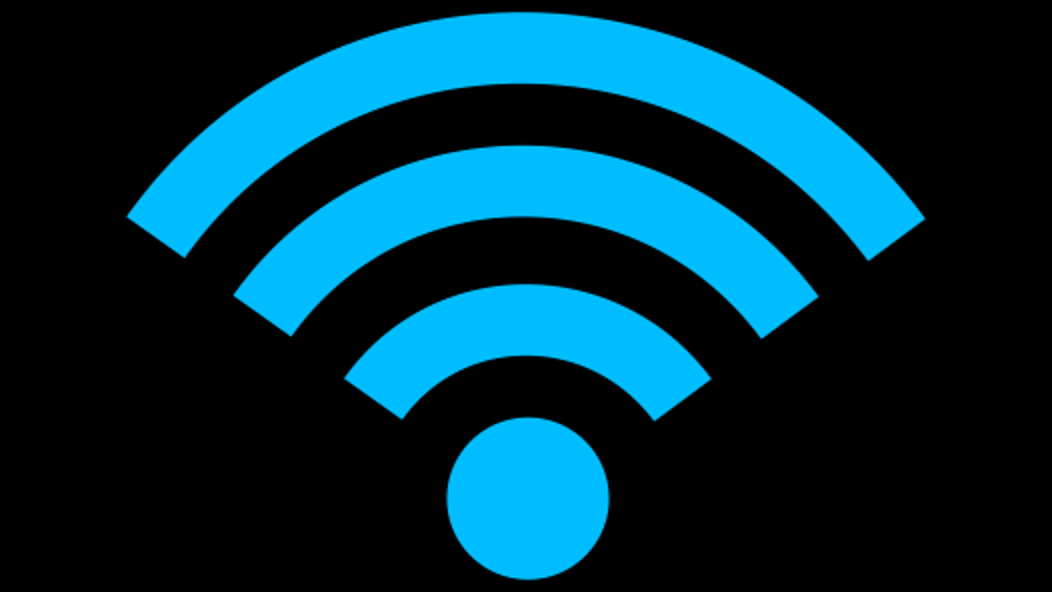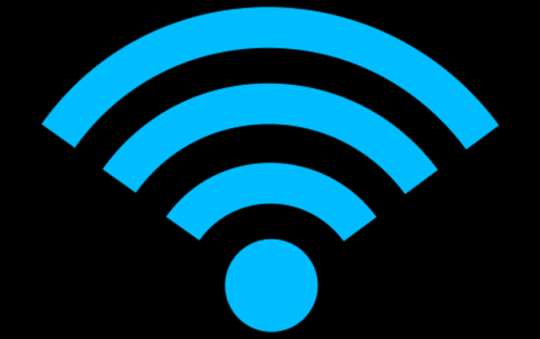Do you know the difference between WiFi 5 and WiFi 6? If not, don’t worry – you’re not alone. A lot of people don’t know the difference, but it’s important to understand what each one offers so that you can choose the right one for your needs. In this blog post, we will discuss the differences between WiFi 5 and WiFi 6, as well as which one is faster and more reliable.
If you have a lot of devices or your internet is very fast, Wi-Fi 6 can handle it better than Wi-Fi 5. If not, then you don’t need to upgrade quite yet.
What Do the Numbers Even Mean?
The Wi-Fi Alliance has decided to replace alphanumeric Wi-Fi standards (like 802.11n) with simple names (like Wi-Fi 6).
- Wi-Fi 4 to identify devices that support the 802.11n technology
- Wi-Fi 5 to identify devices that support the 802.11ac technology
- Wi-Fi 6 to identify devices that support the 802.11ax technology
The numbers in short refer to the Wi-Fi technology version. The latest being Wi-Fi 6 (now enhanced with Wi-Fi 6E) and its predecessor being Wi-Fi 5.
The varying benefits of each new Wi-Fi version usually aim to improve speed. However, with the release of Wi-Fi 6, different areas have begun to see improvement. Let’s explore some categories where Wi-Fi 6 has seen an increase compared to its predecessor, Wi-Fi 5.
Faster Internet Speeds
The faster the internet connection, the better. We can all agree on that. After all, who wants to spend half their time waiting for a movie to buffer when they’re trying to watch it on Netflix?
With Wi-Fi 6, you can achieve speeds that are nearly 40% faster than with Wi-Fi 5. Data encoding in Wi-Fi 6 is more efficient than with previous standards – this allows for sending more data in the same amount of space.
Furthermore, the increased power in Wi-Fi 6 chips make it much simpler to manage the additional demand.
Wi-Fi 6 increases the speed of both your 2.4 GHz, which is especially beneficial if you have a large home or office.
Handle More Devices
It’s not uncommon for individuals to have multiple devices connected to their router at any given time. Even if you live alone, you might have six or seven items hooked up. These can include a laptop, smartphone, smart TV, tablet and gaming console-to name a few.
In addition to these personal electronics that require an internet connection, there are also other household devices such as security cameras and doorbells that utilize your home Wi-Fi. With all of these factors considered, it’s easy to see how someone could easily have more than dozen devices using their internet connection simultaneously.
Fortunately, Wi-Fi 6 is designed to support a high number of devices without any loss in performance. In fact, you can have up to four times as many devices connected to a Wi-Fi 6 network and still experience the same excellent speeds.
This is made possible by OFDMA (Orthogonal Frequency Division Multiple Access), a feature of Wi-Fi 6 that allows the router to better manage how it sends and receives data. OFDMA essentially breaks up a single channel into multiple sub-channels, which can then be assigned to different devices. This helps to reduce congestion and ensures that each device has its own dedicated connection.
The primary goal of Wi-Fi 6 was to manage more devices simultaneously with only one router. And it does this quite well – up to 30 users per channel!
By comparison, its predecessor Wi-Fi 5 could handle a measly single user per channel.
So, in short,Wi-Fi 6 routers are much more efficient and can support numerous additional devices than a Wi-Fi 5 router.
Longer Range
Not only does Wi-Fi 6 take advantage of both the 5 GHz band and wider 2.4 GHz
band, but it also can support up to eight MU-MIMO beams concurrently—double that of Wi-Fi 5.
The introduction of Wi-Fi 6 also comes with many new features that make it more efficient.
The main feature update for Wi-Fi 6, OFDMA, enables your router to serve multiple devices simultaneously. Although it may not appear so, Wi-Fi 5 routers can communicate with only one device at a time.
The amalgamation of these new features is what allows Wi-Fi 6 to perform more efficiently at greater distances.
Reduced Latency
By utilizing more processor power and OFDMA, Wi-Fi 6 is able to send data more efficiently. This competence in speedily sending data results in a faster internet experience devoid of delays with quick responses. In terms of practical applications, this means better video calls, gaming, streaming, and any real-time online activity at home or work.
Improved Security
The third iteration of WPA (Wi-Fi Protected Access), WPA 3, is introduced with Wi-Fi 6.
WPA3 is a security protocol used to protect and encrypt the password of your router and other Wi-Fi devices. When you’re prompted for a password on a Wi-Fi network, it’s likely that the network uses WPA as its authentication method.
WPA2 has been the go-to for wireless networks for some time now, but Wi-Fi 6 is seeking to change that. With WPA3, networks will be much more secure due to updated security measures.
We won’t get into specifics, but this is made possible by a stronger handshake authentication method between your device and the Wi-Fi network.
At the end of the day, though, users don’t have to worry about anything changing on their end; they’ll still enter in the same Wi-Fi password as usual. This just goes to show how even with substantial updates,Wi-Fi 6 manages improve functionality without sacrificing user experience.
Better Efficiency
As we’ve covered, Wi-Fi 6 is more efficient in its resource use. However, it also greatly decreases power consumption. TWT (otherwise known as Target Wake Time) is a feature you’ll often come across when reading about Wi-Fi 6; it’s what allows your router to communicate constantly with other devices on your network, telling them to go into sleep mode if they’re not being used. Additionally, TWT can wake up devices that are in sleep mode when they’re needed for Wi-Fi – all without the user having to do anything at all.
By spending time in sleep mode, wireless radios in smart devices consume less energy, helping to preserve battery life. This is a great feature for smart devices such as doorbells, thermostats, and light bulbs.
Wi-Fi 6 vs. Wi-Fi 5 Compared
Here is a side-by-side comparison of the benefits and drawbacks for Wi-Fi 6 vs. Wi-Fi 5:
Wi-Fi 5 Pros and Cons
Pros
- Cheaper than Wi-Fi 6
- Still the default for many devices
- Efficient at lower speeds
Cons
- Only one device per channel
- Unable to handle Gigabit connections
- On-track to obsolescence
Wi-Fi 6 Pros and Cons
Pros
- Faster than Wi-Fi 5
- Increased security
- More efficient in every way
- Handles more devices simultaneously
Cons
- More expensive
- Not all devices are compatible
If you’re undecided on which Wi-Fi version to get, we’ve put together some recommendations below that are based on speed and number of devices. Please note that these are only suggestions and not set in stone. Also, keep in mind that although Wi-Fi 5 routers may not be as fast as the best Wi-Fi 6 routers, they will still likely be faster than the worst ones.
| Internet Plan Speed | Recommended Wireless Standard |
| 100 Mbps | Wi-Fi 5 |
| 200 Mbps | Wi-Fi 5 |
| 400 Mbps | Wi-Fi 5 or Wi-Fi 6 |
| 500 Mbps | Wi-Fi 5 or Wi-Fi 6 |
| 600 Mbps | Wi-Fi 6 |
| 1000 Mbps | Wi-Fi 6 |
While the above should be a great starting point, please remember that the number of devices you connect to a single router can be just as important as speed.
| Smart Devices | Recommended Wireless Standard |
| 1-5 | Wi-Fi 5 |
| 5-10 | Wi-Fi 5 or Wi-Fi 6 |
| 10+ | Wi-Fi 6 |
Who Should Use Wi-Fi 5?
If you’re conscientious about your budget or have an internet plan below 500 Mbps with only a few devices, Wi-Fi 5 is more than sufficient.
In fact, most markets and devices are still using Wi-Fi 5 as the standard.
Who Should Use Wi-Fi 6?
If you have a speedy internet connection (500 Mbps or above) and plenty of smart devices, Wi-Fi 6 is ideal for you. You’ll have a network that can accommodate more devices, is quicker, and offers faster speeds overall. The only drawback is that not all client devices (like laptops and smartphones) are compatible with Wi-Fi 6 yet. So be sure to verify compatibility before making the investment.
Wi-Fi 6E
We understand that things might seem complicated again, but let us explain the new Wi-Fi 6E. The “E” in Wi-Fi 6E stands for enhanced. Even though it was released in early 2021, we wanted to make sure you were aware of its existence.
Wi-Fi 6E not only lowers the router’s latency time, making for a quicker networking experience but also comes with the new 6 GHz band. This additional band provides 14 80 MHz channels, resulting in both less interference and more available devices that can connect.
Right now, let’s focus on Wi-Fi 6. To give you some background, Wi-Fi 6 was released in 2018 and is only now becoming popular. It’s safe to say that we’re still a few years away from Wi-Fi 6E being a viable option for the average person.
When Is the Right Time to Upgrade?
Updated routers that utilize Wi-Fi 6 are becoming increasingly available, but unless you’re in the market for a new router or have recently upgraded to Gigabit speeds, there’s no need to rush out and buy one quite yet. Wi-Fi 5 will eventually become obsolete, but we’re not quite at that point yet. If you like having the latest tech gadgets, then by all means go ahead and get a Wi-Fi 6 router.
Otherwise, it might be best to wait a while longer before making the switch.
Summary
Although Wi-Fi 6 will eventually become the global standard, for the present time, it is worth investing in only if you have a fast internet connection and many smart devices that need to be connected at the same time. In most other cases, Wi-Fi 5 works perfectly fine.
However, if you were planning on buying a router soon anyway, this is an opportune moment to switch to Wi-Fi 6.


